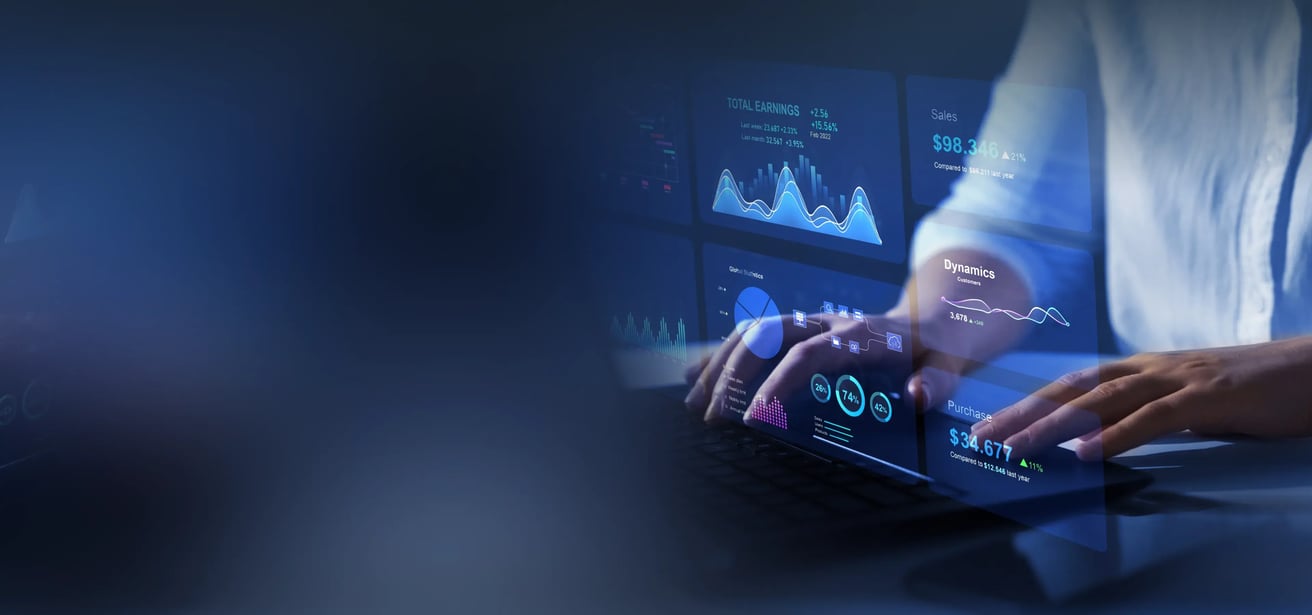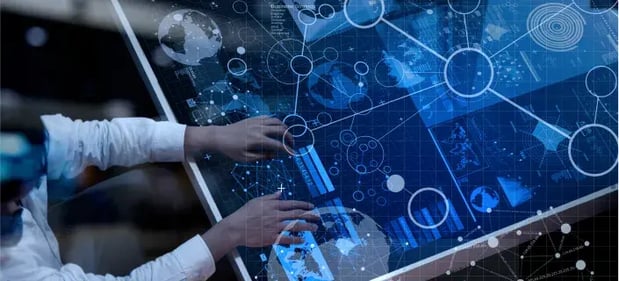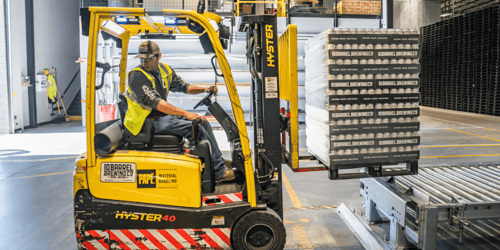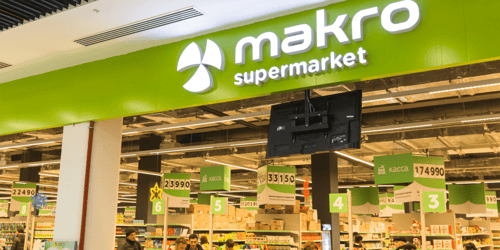
SAP Linear Asset Management (SAP LAM)
From pipelines to power lines, manage every segment with precision, thanks to SAP LAM.



Move from Reactive to Proactive Maintenance with SAP LAM
If you manage miles of pipelines, power lines, railways, or roads, you know what may happen when a team relies on spreadsheets, siloed systems, or guesswork to maintain large infrastructure: inspections get missed, maintenance costs spiral, and even a small issue in one section can shut everything down.
It’s not just frustrating; it’s risky and expensive and can put your business out of compliance. And yet, many teams still rely on disconnected systems or outdated tools that don’t give them the full picture.
Built specifically for these companies, SAP Linear Asset Management (SAP LAM) helps you keep everything running safely and efficiently. As an extension of SAP’s Enterprise Asset Management (SAP EAM), it adds tools to map, segment, and monitor your infrastructure in real-time, so you can fix problems before they turn into outages.
What You Gain with SAP Linear Asset Management
Enhanced visibility across linear assets
Improved maintenance planning
Smarter work execution
Precise asset segmentation
Better reporting
Increased operational efficiency
Key Features of SAP Linear Asset Management
Asset infrastructure management
Manage the details and the big picture so you can always know what’s happening across miles of pipelines, tracks, or roads.
- Monitor and manage network-wide asset performance
- Ensure assets are available when and where they’re needed
- Connect day-to-day maintenance with long-term strategy
- Track safety indicators and asset health across the lifecycle
- Engage the right people across departments for better decision-making
- Evaluate the real-time operational status of linear assets with confidence
How We Can Help

Consulting

Implementation

Integration

Support

Administration
Customer Success Stories

SAP ACM And SAP TSW Integration with SAP TM on SAP S/4HANA for a Manufacturing Provider
Our team was responsible for all integration milestones and the development extensions based on the standard SAP TM objects.

Solution Development for Leveraging the Power of SAP S/4HANA and SAP BTP
LeverX helped develop a solution to automate and improve the clinical supplies process and gain better visibility into the status of clinical supplies worldwide.

Accounting Process Transformation For a Large Supermarket Chain
Thanks to LeverX, a supermarket chain Makro completed the transition to international financial reporting standards (IFRS) based on SAP solutions.
Industries We Serve
Why LeverX?
Proven track record
Industry experts
SAP partnership
Quality and security
Investment in innovation
Flexibility
Implementation Roadmap
- Current processes evaluation: Assess existing business processes and identify the organization's needs.
- Defining technical requirements: Create a detailed specification of the functional and technical needs of the new system.
Discover
- Setting goals and objectives: Establish and agree on the goals to be achieved throughout the project.
- Assembling the project team: Appoint team members and define their roles and responsibilities.
- Project plan development: Create a comprehensive plan that outlines project phases, timelines, resources, and key performance indicators.
- Budget determination: Estimate and approve the budget.
- Specifications preparation: Develop the technical and functional specifications for the development team.
Prepare
- Ensuring business requirements are met: Check that SAP LAM aligns with business requirements and project objectives.
- Data validation: Verify the accuracy and compliance of the data.
Explore
- Data migration: Transfer data from existing systems to the new one.
- System configuration: Set up the solution according to requirements and specifications.
- Customization: Develop additional features and modules, if the standard solution does not meet all needs.
- Integrations: Configure SAP LAM to work with other IT systems and applications.
Realize
- Testing: Perform functional, integration, regression, and load testing to ensure that all works correctly.
- User training: Organize sessions to help users become familiar with the new system.
Deploy
- System readiness check: Verify that the system is ready for operational use.
- Launch: Officially transition to active use of SAP LAM.
- Ongoing support: Continuously monitor solution performance to identify and resolve any issues.
Run
FAQ
What is SAP Linear Asset Management?
SAP Linear Asset Management (LAM) is not a standalone module but a set of functionalities within SAP Enterprise Asset Management (EAM) that is activated through a business function. Its primary purpose is to allow companies to manage assets based on their linear characteristics and dimensions, in addition to standard point-based asset management. LAM enables "linear referencing," allowing you to define specific points or segments (e.g., kilometer 10.5 to 11.2 of a pipeline) and associate maintenance activities or defects directly to those precise linear coordinates.
Linear referencing is a method of locating events or conditions along a linear feature using a measure of distance from a known point (like a mile marker or an engineering station). It is crucial for linear assets because it allows you to precisely record that a defect exists at "Mile 25.3" of a highway, rather than vaguely associating it with the entire 100-mile highway asset record. This precision is essential for targeted maintenance, accurate cost tracking, and regulatory reporting.
What is 'dynamic segmentation' in the context of SAP LAM?
Can SAP LAM integrate with non-SAP Geographic Information Systems (GIS)?
Is SAP LAM included in the standard SAP EAM/Plant Maintenance license?
What are the key master data objects used in SAP LAM?
Contact Us
What happens next?
-
1
An expert will reach out to you to discuss your specific needs and requirements.
-
2
We'll sign an NDA to ensure any sensitive information is kept secure and confidential.
-
3
We'll work with you to prepare a customized proposal based on the project's scope, timeline, and budget.
years of expertise
projects
professionals
Contact Us
CONTACT US
If you are looking for an SAP Global Strategic Supplier or Technology Partner for your business, fill out the form below, and we will contact you at short notice.